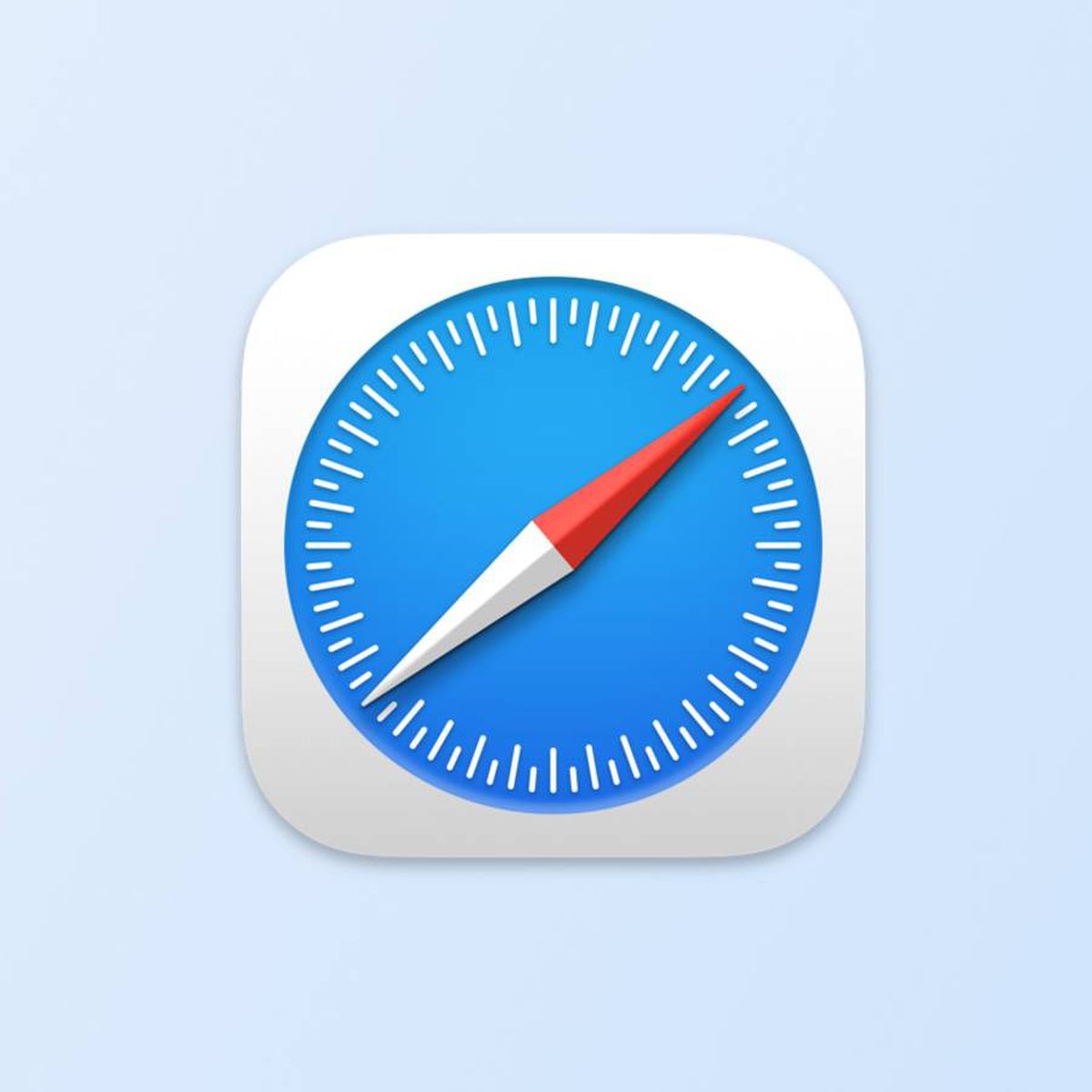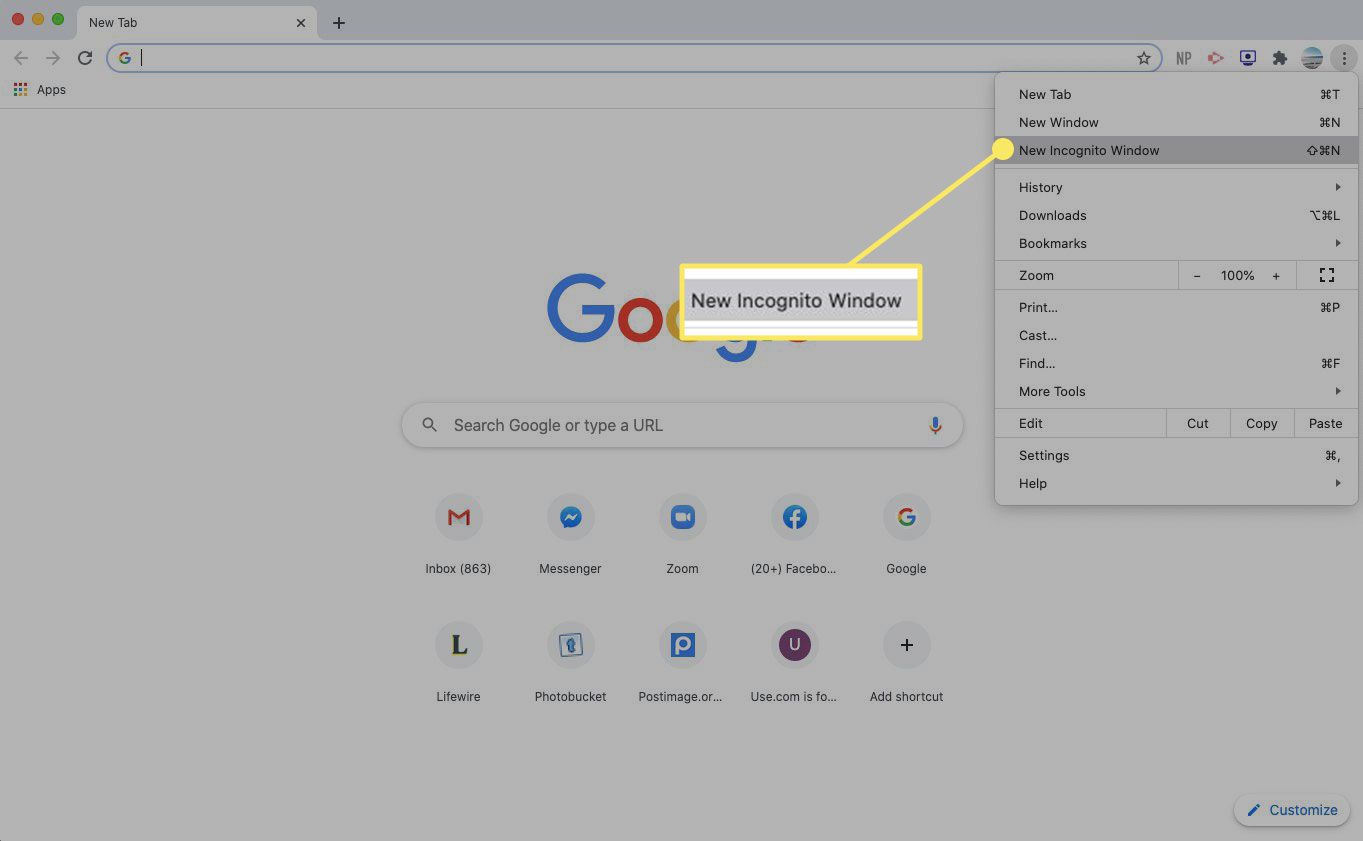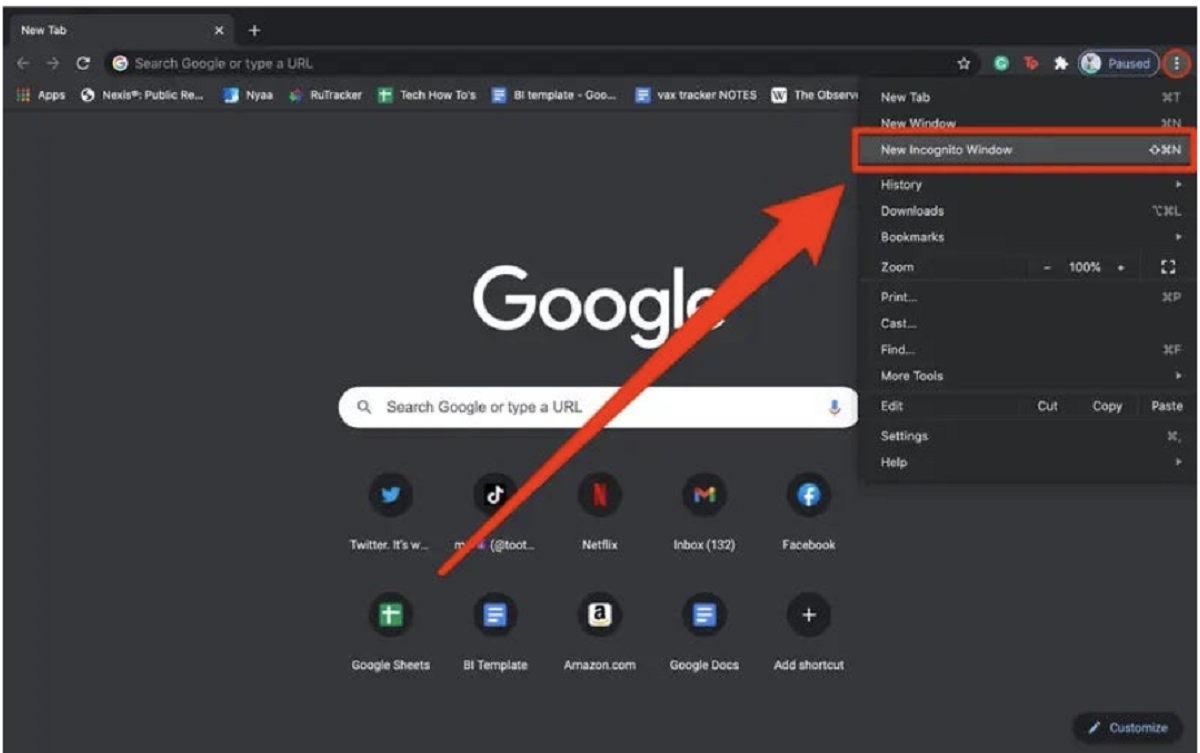Introduction
The bookmark bar in Safari is a convenient feature that allows quick access to your favorite websites. However, there are times when you may prefer a clutter-free browsing experience or simply want to maximize the screen space for viewing web content. In such cases, hiding the bookmark bar can be a practical solution.
By concealing the bookmark bar, you can create a more expansive and visually unobstructed browsing environment, ideal for immersive reading, watching videos, or engaging in other online activities. Whether you're seeking a temporary hideaway for the bookmark bar or a more permanent arrangement, Safari offers multiple methods to achieve this.
In this article, we will explore three straightforward methods to hide the bookmark bar in Safari. From utilizing keyboard shortcuts to accessing the menu bar and employing terminal commands, each approach provides a tailored solution to suit your preferences and browsing habits. By understanding these methods, you can effortlessly toggle the visibility of the bookmark bar, adapting your browsing interface to align with your specific needs.
Let's delve into the step-by-step instructions for each method, empowering you to seamlessly manage the display of the bookmark bar in Safari. Whether you're a casual user looking to declutter your browsing space or a power user seeking efficient navigation, these techniques will equip you with the knowledge to customize your Safari experience with ease.
Method 1: Using Keyboard Shortcut
Hiding the bookmark bar in Safari can be effortlessly accomplished using a simple keyboard shortcut. This method offers a quick and convenient way to toggle the visibility of the bookmark bar, allowing you to seamlessly transition between a clutter-free browsing interface and a more feature-rich environment.
To initiate this process, begin by launching Safari on your Mac. Once the browser is open, press the "Command" and "Shift" keys along with the "B" key simultaneously. This intuitive keyboard shortcut serves as a toggle switch, enabling you to hide or reveal the bookmark bar with a swift and fluid motion.
Upon executing the keyboard shortcut, you will notice the bookmark bar gracefully receding from view, creating a spacious canvas for your browsing activities. This streamlined approach empowers you to swiftly adapt the browser's interface to suit your immediate needs, whether it involves maximizing the screen real estate for content consumption or simply decluttering the visual landscape for a more immersive experience.
Furthermore, the keyboard shortcut provides a seamless transition, allowing you to effortlessly restore the bookmark bar whenever desired. By pressing the same key combination – "Command + Shift + B" – the bookmark bar elegantly reemerges, ready to facilitate quick access to your favorite websites and resources.
This method's inherent simplicity and accessibility make it an ideal choice for users seeking a hassle-free way to manage the visibility of the bookmark bar in Safari. Whether you're engaged in focused reading, multimedia consumption, or any other online pursuit that benefits from an unobstructed browsing interface, the keyboard shortcut method offers a swift and efficient solution.
By mastering this straightforward keyboard shortcut, you gain the ability to seamlessly alternate between a clutter-free browsing environment and a feature-rich interface, tailored to your specific browsing preferences and activities. This intuitive approach underscores the user-centric design of Safari, empowering you to effortlessly customize your browsing experience with a simple keystroke.
Method 2: Using Menu Bar
Utilizing the menu bar in Safari provides an alternative method to hide the bookmark bar, offering a seamless and intuitive approach to customizing your browsing interface. This method leverages the familiar navigation elements within Safari, allowing you to effortlessly manage the visibility of the bookmark bar with a few simple clicks.
To initiate this process, launch Safari on your Mac and navigate to the top of the screen to access the menu bar. Upon reaching the menu bar, locate the "View" option, which serves as a gateway to a range of display and customization settings within Safari. Click on the "View" menu to reveal a dropdown list of options, including the "Hide Bookmarks Bar" selection.
By selecting the "Hide Bookmarks Bar" option from the dropdown menu, Safari gracefully conceals the bookmark bar from view, instantly decluttering the browsing interface and providing an unobstructed canvas for your online activities. This straightforward action seamlessly transforms the visual landscape of the browser, creating a more expansive and focused environment for browsing, reading, or engaging in multimedia experiences.
Furthermore, the menu bar method offers a convenient pathway to restore the bookmark bar whenever desired. By revisiting the "View" menu and selecting the "Show Bookmarks Bar" option, the bookmark bar elegantly reemerges, ready to facilitate quick access to your favorite websites and resources. This effortless toggling capability empowers you to adapt the browser interface to align with your immediate needs, whether it involves accessing saved bookmarks or maximizing the screen space for content consumption.
The menu bar method's inherent accessibility and seamless integration with Safari's interface make it a compelling choice for users seeking a user-friendly approach to managing the bookmark bar's visibility. By leveraging the familiar navigation structure of the menu bar, you can effortlessly customize your browsing experience, tailoring the interface to suit your specific preferences and activities.
Mastering this method equips you with the ability to seamlessly toggle the visibility of the bookmark bar, empowering you to create a personalized browsing environment that aligns with your immediate needs and browsing habits. Whether you're seeking a clutter-free interface for focused reading or a streamlined canvas for multimedia consumption, the menu bar method offers a straightforward and intuitive solution within Safari's versatile ecosystem.
Method 3: Using Terminal Command
In addition to the keyboard shortcut and menu bar methods, Safari offers a more advanced approach to hide the bookmark bar by utilizing terminal commands. This method provides a deeper level of customization, allowing users to leverage the power of the terminal to seamlessly manage the visibility of the bookmark bar in Safari.
To initiate this process, begin by launching the Terminal application on your Mac. The Terminal serves as a command-line interface that empowers users to interact with the operating system and execute a diverse range of commands. Once the Terminal is open, you can proceed to enter the following command:
bash
defaults write com.apple.Safari ShowFavoritesBar -bool false
Upon executing this command, Safari gracefully conceals the bookmark bar from view, creating a streamlined and unobstructed browsing interface. This method offers a more advanced level of control, allowing users to manipulate Safari's settings at a fundamental level, thereby customizing the browsing experience to align with their specific preferences and workflow.
Furthermore, the terminal command method provides a pathway to restore the bookmark bar whenever desired. By entering the following command in the Terminal:
bash
defaults write com.apple.Safari ShowFavoritesBar -bool true
Safari seamlessly reverts to displaying the bookmark bar, ready to facilitate quick access to saved bookmarks and resources. This advanced level of control underscores the versatility of Safari, empowering users to tailor the browsing interface with precision and efficiency.
By leveraging terminal commands, users gain a deeper understanding of Safari's underlying settings and the ability to customize the browser's behavior to suit their unique browsing habits. This method caters to users who seek a more hands-on approach to interface customization, providing a powerful tool to seamlessly toggle the visibility of the bookmark bar and adapt the browsing environment to their immediate needs.
Mastering the terminal command method unlocks a new dimension of control within Safari, allowing users to fine-tune the browsing interface with a level of precision that complements their workflow and browsing preferences. Whether you're a seasoned user seeking advanced customization options or an enthusiast eager to explore Safari's capabilities, the terminal command method offers a compelling pathway to tailor the browser's interface to your exact specifications.

























